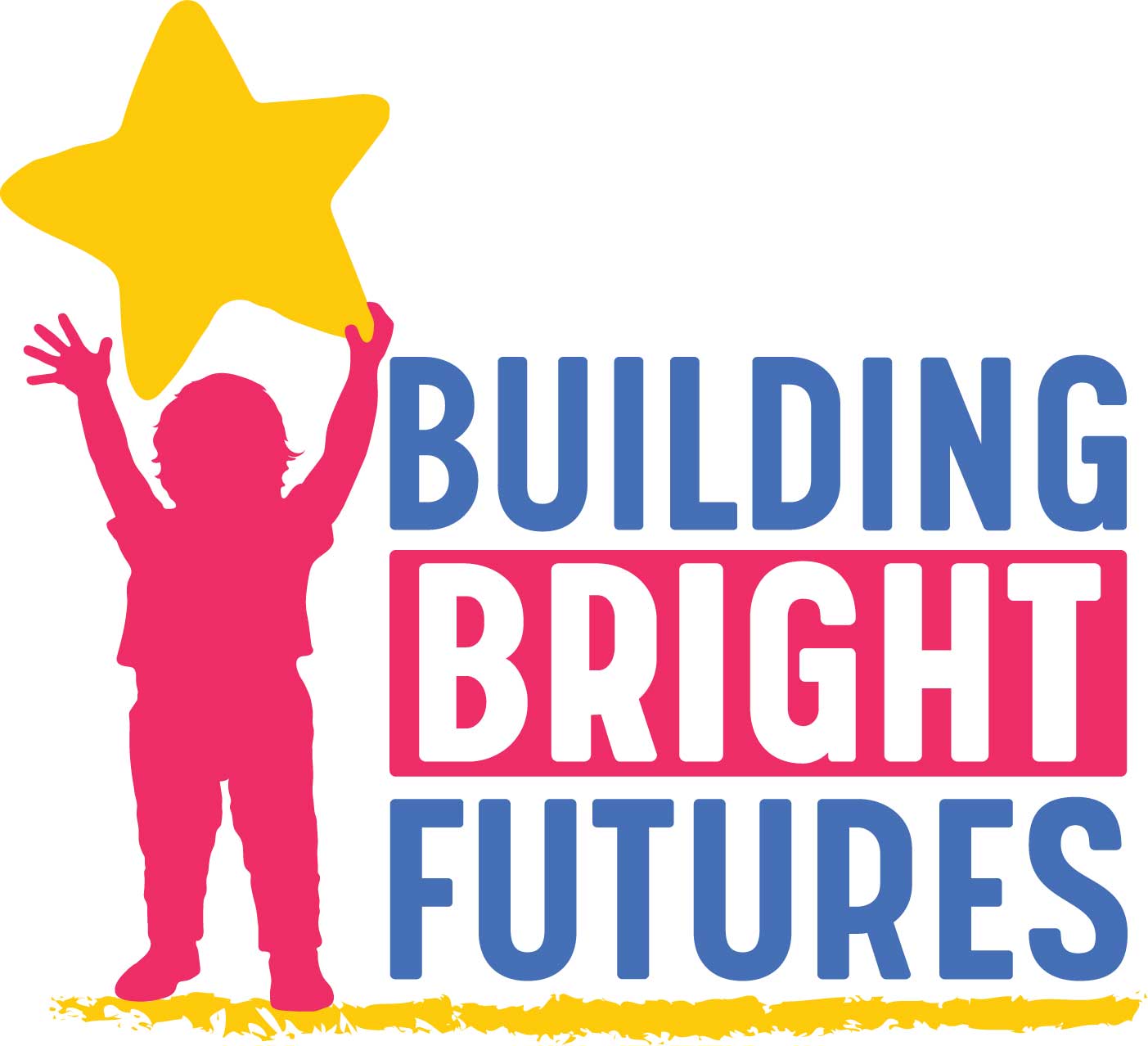The experiences you have when you are young shape your brain development. When an infant babbles and an adult babbles back (serve and return) the communication part of the brain is activated. However, if the a caregiver is often on his/her phone and not interacting with a child, the child’s brain will develop differently to adapt to their environment. Neuroscience, Epigenetics, Adverse Childhood Experiences and Resilience (N.E.A.R.) research is helping us to better understand the impact of these early experiences on individuals and communities. Vermont is using this research to ensure that children and communities thrive.
The way the brain develops is influenced by the experiences we have. During the first five years of life about one million brain connections are made every second.[1] In utero, the brainstem develops to control things that need to happen without you thinking such as breathing, temperature control, digestion and your heart beat. Next develops the “emotional brain” where the fight, flight or freeze responses are housed. Last to develop is the “thinking brain”- this is where executive functioning is housed which includes judgement, attention regulation, emotional control and more. As a child grows the connections within and between these parts of the brain form. The more one connection is used the stronger it becomes, those that aren’t used fade and may eventually disappear. Research suggests that brain development doesn’t finish until about the mid-twenties.
Epigenetics is a new research area that examines how the environment, including childhood experiences, impact gene expression. Genes are given to children from their biological parents, during child development genes receive chemical “tags” to regulate how much they are expressed. The child’s experiences impact these “tags”. The way the brain develops is based on the adaptations needed to be successful in the environment in which a child grows up. One example of this is a study done on mice in which male mice were taught to be afraid of a particular fruity smell. This trait was passed on to their children and grandchildren even though they had never been exposed to the same lesson of being afraid of the smell. The good news is that the brain is able to change throughout life and so these genetic responses are reversible with the right support.
Adverse Childhood Experiences:
Adverse Childhood Experiences (ACEs) are experiences that include things like physical or emotional abuse, caregiver mental illness, separation or divorce, and violence. The more ACEs a child experiences the more likely it is that they will experience things such as heart disease, substance abuse, depression, and unintended pregnancies. This does not mean that if you have a high number of ACEs that these health outcomes will happen to you- it just means it is something that you should be aware of. Nationwide, about a quarter of children under 18 have experienced at least one ACE and another 20% have experienced 2 or more ACEs[2].
Resilience means the ability to adapt or overcome significant adversity. Protective factors can significantly reduce the impact of ACEs. The single most important factor for children who develop resilience is to have a one stable and committed relationship with an adult. These relationships provide a buffer from the stress a child might be experiencing. Vermont has also promoted and seen wide adoption of the Strengthening Families Framework which contains five key protective factors aiding in resilience:
- Parental Resilience
- Social connections
- Knowledge of Parenting and Child Development
- Concrete Supports in Times of Need
- Social and Emotional Competence of Children
Research has shown that with support, adults affected by ACEs can adapt and learn skills needed for healthier responses and behaviors and therefore build resilience.
What does this mean for Vermont?
Twenty three percent of children under 18 years in Vermont have experienced at least one adverse childhood experiences and 21.5% have experienced two or more[3]. The State of Vermont decided to take action and one strategy is Building Flourishing Communities.
The mission of Building Flourishing Communities (BFC) is:
Building Flourishing Communities educates and supports communities in promoting positive health and social outcomes using a collective impact approach based on N.E.A.R. Research.
BFC believes that local communities know their community best and therefore know what is needed to help build resilience. Providing current, up-to-date research to communities will empower a community to lead change for itself in the most effective way. In order to do this there are community members all across the state that have been trained to provide information in engaging ways to all Vermonters. You can find a list of those trainers here. You can reach out to these trainers if you would like to learn more or if you would like to host a Building Flourishing Communities training.
References
[1] (Center on the Developing Child, 2019)
[2] (Data Resource Center for Child & Adolescent Health, 2019)
[3] (Data Resource Center for Child & Adolescent Health, 2019)



